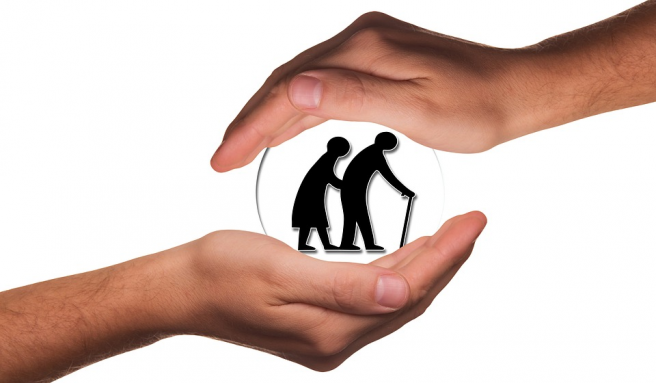Caring for aging loved ones can be overwhelming, and according to USA Today, it’s a dilemma one in five Americans faces. Ninety-five percent of those seniors over the age of 75 want to stay home as they grow older, and complicating matters, many families are trying to accomplish this from a distance. However technology is providing terrific ways to simplify support.
Internet
Seniors often struggle with depression, and just encouraging your senior to use the internet itself can reduce the risk of depression. Interacting with computers can lower a senior’s chance of becoming depressed by as much as 30 percent. With some basic training, most seniors can navigate well enough to enjoy email and social media, allowing them to engage with loved ones from many miles away.
Sensors
Sensor systems are an exciting innovation that allows family members to effectively monitor loved ones without being invasive. The Lively system is set up on various objects throughout the senior’s home, such as the refrigerator door, medicine cabinet, and front door. It learns your senior’s habits and sends alerts regarding out-of-the-ordinary activity, such as the front door opening at two in the morning or a dosage of medication that was missed.
Wearables
Wearable activity trackers are another great way to keep tabs on your aging loved one. These come in the form of pendants or wristbands that monitor activity and sleep patterns. Users can summon assistance if they fall, and some gadgets link to support hubs that reach out for assistance if a fall is suspected. Consumer Reportsrecommends the FitBit Flex, a watch-style tracker. The Philips LifeLine GoSafe is another wearable option; it offers built-in GPS and is inserted into your loved one’s shoes.
Services
If your senior is able to stay home but no longer safely drives, some experts recommendconsidering services such as Uber or Lyft. Both can be arranged through smartphone apps and keep your loved one living more independently.
Downsizing
Sometimes even with technological support options, a smaller, more manageable home is needed. As physical and cognitive ability decline, your loved may one need to downsize. Making a move to a smaller home or an assisted living situation can be very difficult for seniors. Your senior will need to declutter, and parting with a lifetime of accumulations can be very emotional. Be patient and encourage your loved one to sort out the “must-haves” first—things that he or she can’t live without. Next in the process of organizing and sortingwould be to pull objects that are used frequently, as well as those which are highly sentimental. Then consider what objects are duplications and keep only the newest and best. Everything that is left gets a new home, whether through a yard sale, donated to charity, tossed out, or given to a family member or friend.
Assisted Living
In the event your loved one needs move to an assisted living facility, you should be aware of the services available and how to budget for the transition. According to the professionals at Home Advisor, the average cost for one year in an assisted living facility is $50,000 but can vary greatly by location. Smaller homes with non-medical support staff tend to be less expensive options. Facilities charge an entry fee, and monthly fees include room and board. Inquire with individual facilities for what is specifically offered, but generally meals, laundry, housekeeping, and transportation services are included. Medical assistance and additional services are usually extra.
Support From Afar
Keeping senior loved ones at home is getting easier, thanks to advances in technology. Apps, gadgets, and services can help you provide care and support and give you peace of mind. If your senior needs to downsize, do so in a way that is organized and caring. And budget accordingly if you need to move your loved one.
Article courtesy of Marie Villeza

